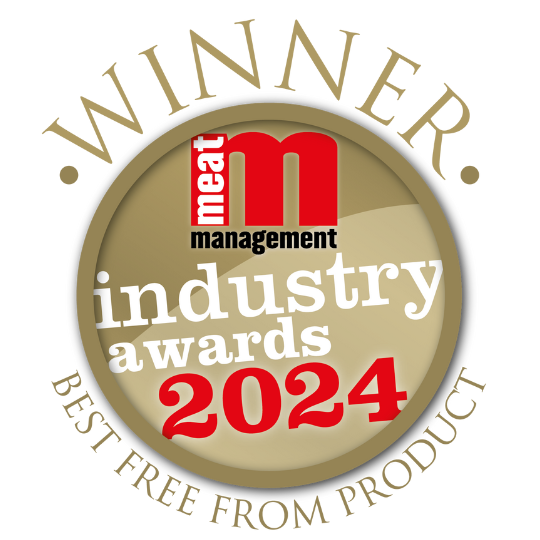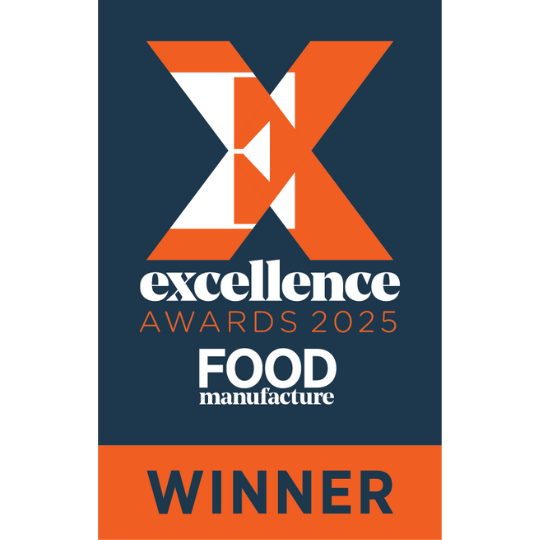Safety First. Quality Always. Innovating for the Future.
Beef producers who deliver clean cattle for slaughter are playing their role in the production of safe food that consumers can have confidence in.
The 5 Category System classifies cattle cleanliness as the following:
category 1 - clean & dry
Cattle with a clean, dry hide can be slaughtered without an unacceptable risk of contaminating the meat during the slaughter process.
category 2 - slightly dirty
Cattle in this category will be accepted for slaughter without any additional controls/process at slaughter. Dry/damp, light contamination with small amount of dung/dirt attached to the hide.
category 3 - dirty
Cattle in this category will be rejected from slaughter unless additional control measures are put in place to avoid contamination of the meat during the slaughter process such as online clipping, costing the farmer money.
category 4 - very dirty
Cattle in this category will be rejected for slaughter except in circumstances which are exceptional, e.g. animal welfare
grounds, disease control reasons. Dry/damp significant contamination with dirt/dung and/or significant amounts of loosely adherent straw/bedding.
category 5 - filthy & wet
Cattle with heavily contaminated hides are unfit for slaughter and will be rejected from slaughter. These cattle must not be presented for ante-mortem in this condition and it is the responsibility of the Food Business Operator to take the required remedial action. These cattle may be rejected at intake or held overnight at added cost. Very wet, very heavily contaminated with dirt, bedding or dung.
why do we need a policy?
- Clean cattle at slaughter minimises the risk to the product and to human health creating greater consumer confidence.
- It helps secure the UK’s and Dunbia’s reputation as a leading exporter of safe & sustainable quality food.
- Farmers, hauliers and processors all have a role to play in reducing the risk of food contamination following the transport of livestock.
- Unsuitable cattle hides presented at slaughter may result in cattle being downgraded or may need online clipping costing the farmer money.
Key Messages
- Harmful bacteria on the cattle hides can be easily transferred to the carcase. Wet and dirty hides can increase the spread of harmful bacteria. Dirty, wet housing also aid the spread of disease & bacteria.
- Harmful bacteria such as E. coli 0157, Salmonella & Campylobacter can live in faecal matter. If contamination goes unnoticed it can cause sever, even fatal disease in humans.
- Dirty Cattle cost money and risk damaging beef and hide international markets.
- Harmful bacteria found on dirty hides such as Clostridium estertheticum and Clostridium gasigenes can be easily transferred to the carcase. These bacteria can easily cause food spoilage worth millions of pounds.
pre-transport management
- Do not mix unfamiliar groups of cattle.
- Long tails should be trimmed at housing time.
- Avoid overstocking and understocking cattle on slats. Keep straw bedding regularly topped up.
- Remove low DM feed 48 hours preslaughter and replace with hay, straw or high DM silage.
- Sheds should be well ventilated keeping cattle clean and dry. Have clean, fresh drinking water available at all times.
- If cattle grazing outdoors become heavily contaminated, house for 24 hrs preslaughter to allow hides to dry. Dry hides help reduce the spread of bacteria.
Transport Tips
- Poor transport conditions may result in clean animals becoming contaminated. Avoid loading cattle that are very wet or in wet conditions.
- Vehicles and trailers should be roofed & well ventilated to avoid stock sweating.
- Ensure vehicle is clean, dry and disinfected between loads.
- Where decks are in use, make sure urine/faeces from higher decks do not soil cattle on lower decks.
- Ensure vehicles comply with relevant road safety laws, stocking densities and permissible road weight limits.
- For animals transported distances greater than 65 km, use authorised hauliers only.







